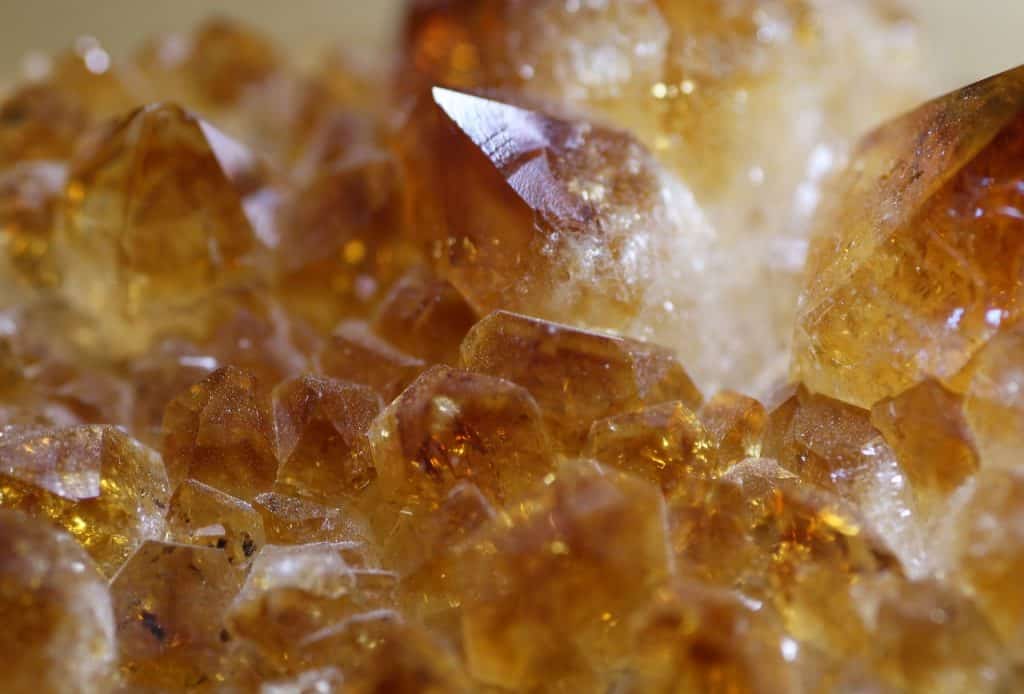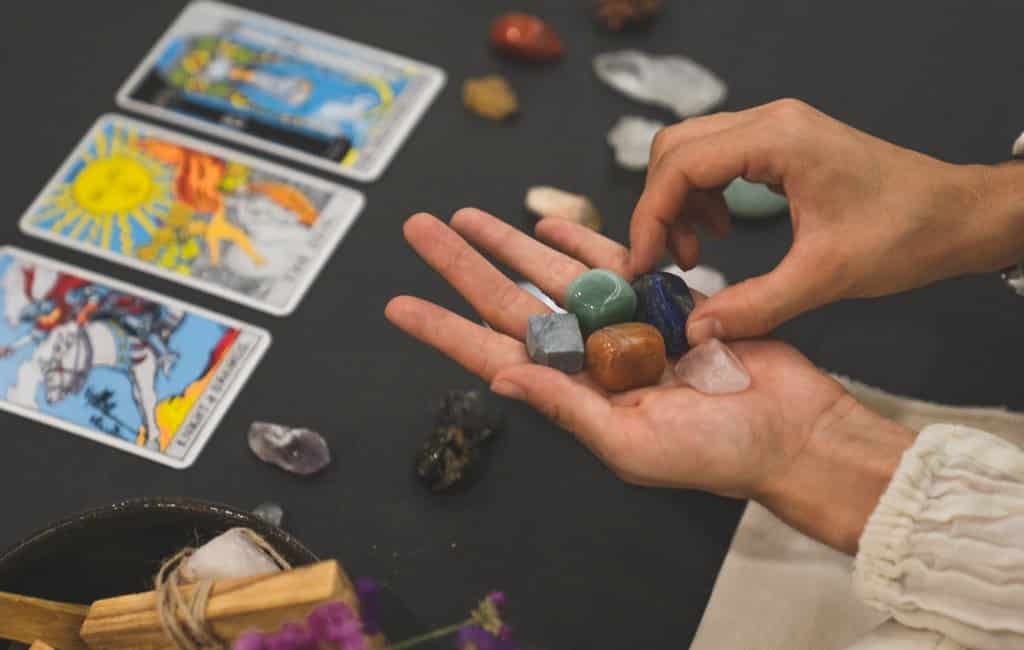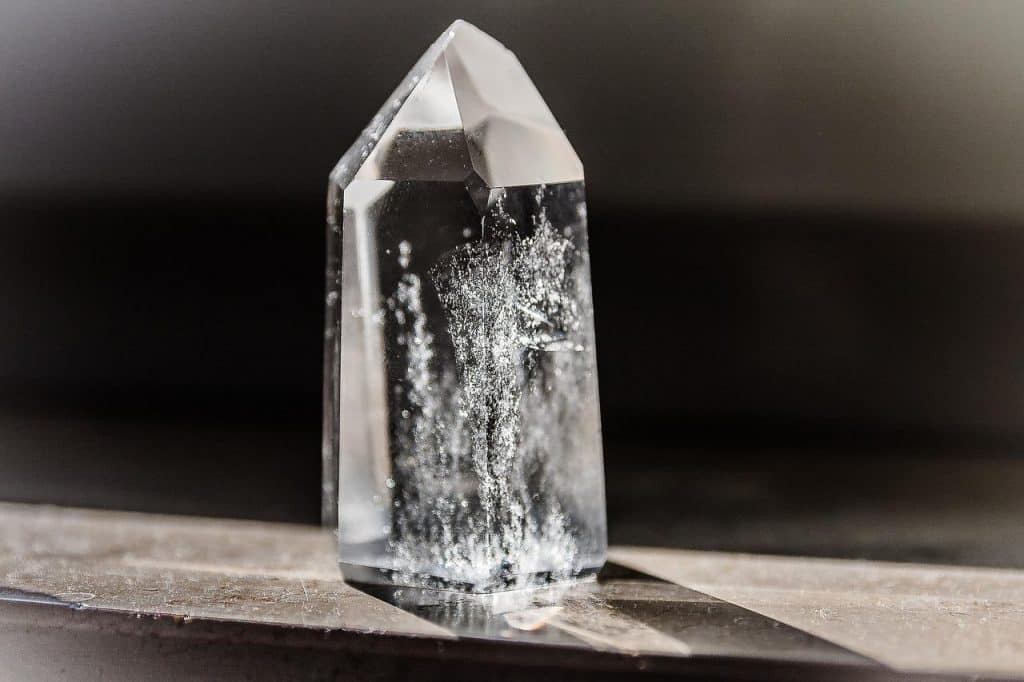Gems otherwise referred to as gemstones are products of the earth and pieces of mineral crystal, rocks or organic matter. They are selected because of some of their attributes like rarity and beauty. After going through the processes of cutting and polishing, they are used to make jewelries and are also utilized in the making process and production of various human adornments. Most gemstones are hard, although some are soft or brittle to be utilized as jewelries, so they are frequently displayed in museums and searched out by connoisseurs.

WHAT IS GEMOLOGY?
Gemology either spelt with a single letter ‘m’ a single or it carries double letter ‘m’ is the science concerned with studying, cutting, assessing, evaluating or appraising precious stone and dealing in natural and artificial gemstone materials. However, gemology can be summarized in a nutshell to mean the science of identifying and pinpointing gemstones. A gemologist is one that works with, recognizes as well as points out precious gems and stones. The major task of the gemologist is to cautiously and meticulously examine certain gems and stones. They make use of microscopes in addition to other amplifying impedimenta. They also dictate the worth, authenticity and make of the gem. Gemologists are also known or called jewelers, gem experts, goldsmiths, gem dealers or engravers.
HOW MANY GEMS ARE THERE?
There are so many gemstones we have in the world today. In fact, there are over 300 gemstones known and currently documented. It is fascinating to note that out of two thousand and more minerals, fewer than a hundred are utilized as gemstones. Some of them are beryl, chrysoberyl, corundum, diamond, feldspar, garnet, jade, lazurite, olivine, opal, quartz, spinel, topaz, tourmaline, turquoise and zircon.
Quite a few of these minerals supply more than one kind of gem; beryl for instance, supplies aquamarines and emeralds while corundum provides sapphires and rubies. In any and every case, these minerals have to undergo the procedures-cutting and buffing before they can be used in making jewelries. One might wonder what makes the aforementioned so precious or valuable. All gemstones are precious, but they are usually rated based on their availability.
Gems that are rare are high-priced and powerful. A lot of information goes into ranking of gemstones. There are quite a number of things to look out for when searching for the value of gemstones. One of these is durability. Durability is an essential feature that is considered when grading a gem. It is the ability to endure which is more than mere hardness. Diamonds may be one of the hardest gems but it is not one of the most durable. On the other hand, Sapphire and Ruby may not be as hard as a diamond; they also lack cleavage but are considered more durable. Rarity is another major point that is considered when rating the value of these gems. When something is scarce it will be costly and in turn is valuable.

WHAT AFFECTS THE POPULARITY OF SOME GEMSTONES?
Few of the rarest gemstones are alexandrite, the color-changing stone discovered in Russia, tanzanite(bold blue variant of the mineral zoisite) located only in Tanzania.
Fashion trends and evolution also play a vital role in dictating the worth of dissimilar gemstones. The previous decade has experienced a resurgence of hue as well as innovations thereby pushing stones such as lapis, coral, turquoise back in vogue. Beauty is another factor that matters a whole lot in the popularity of diamonds. However, this is subjective to each individual as what one considers beautiful may vary from what another believes.
The color of the stone also plays a major role in ascertaining the grade of the stone. Certain factors are considered when it comes to color. Factors like the saturation, the hue, the tint, the tone, the grade, the clarity, the brilliance, and several others. Other aspects that are involved in the estimation of each gemstone include the price per carat, the size, the imperfections in the stone, and whether or not the gemstone was mined or produced.
CLASSIFICATION OR GROUPING OF GEMSTONES
Generally, gemstones are grouped and further classified for easy identification, study and also value. We can classify gemstones into precious and semi-precious stones, natural and synthetic stones, mineral and non-mineral stones.
One of the crucial properties of gemstones is either they are classified as precious or semi-precious. These are terms used in marketing.
Precious gemstones have beauty, durability, and rarity, whereas semi-precious gemstones have possibly just one or two of these qualities. Diamonds, emeralds, rubies, and sapphires are all regarded to be precious, and consequently, the most valuable and most preferable. All other gemstones are considered semi-precious.
Semi-precious gemstones are gemstones that are not diamond, emerald, sapphire, ruby. The fact that it is called semi-precious does not necessarily mean its value is less than that of the precious gemstones. They are just more in number (but there are a few anomalies). A few examples of semi-precious stones are: amethyst, aquamarine, citrine, garnet, onyx, opal, peridot, and topaz.
HOW ARE GEMSTONES MADE?
Natural gemstones are discovered in nature, created deep in the Earth and mined out of it. Sometimes, they are enhanced, this means that they are treated in certain ways to improve either color or clarity. This process more often than not involves heat or delicate chemical processes. The value of the stone is dependent upon the degree and sort of treatment because it affects the stone. On the other hand, synthetic or lab-created gemstones, are made in laboratories by human hands and machines. They are chemical, physical, and optically identical to gems discovered in nature.
Lab-created gemstones naturally lack the rarity of natural gemstones; this is the reason why they are of less value. In this day and age, synthetic kinds of many of the popular gemstones are now available. Some modern synthetic gemstones appear more natural and are tough to detect, but a knowledgeable jeweler or gemologist can easily discover them.
Most gemstones are considered minerals, although, some are also non-mineral. Minerals occur naturally in the Earth’s crust and are defined as inorganic substances that have a characteristic chemical composition and crystalline structures. Minerals are recognized by their outstanding properties, like color, hardness, crystal form, specific gravity, luster, fracture, and tenacity. When a mineral is viewed as rare and exceptionally beautiful, it is referred to as a gemstone (for example diamond, emerald, ruby, and sapphire). All minerals can be gemstones, but not all gemstones can be minerals. Non-mineral or organic gemstones are gotten from living organisms such as animals and plant life that have formed into beautiful gemstones due to natural processes (for instance, pearl, coral, amber, ivory, and jet).

